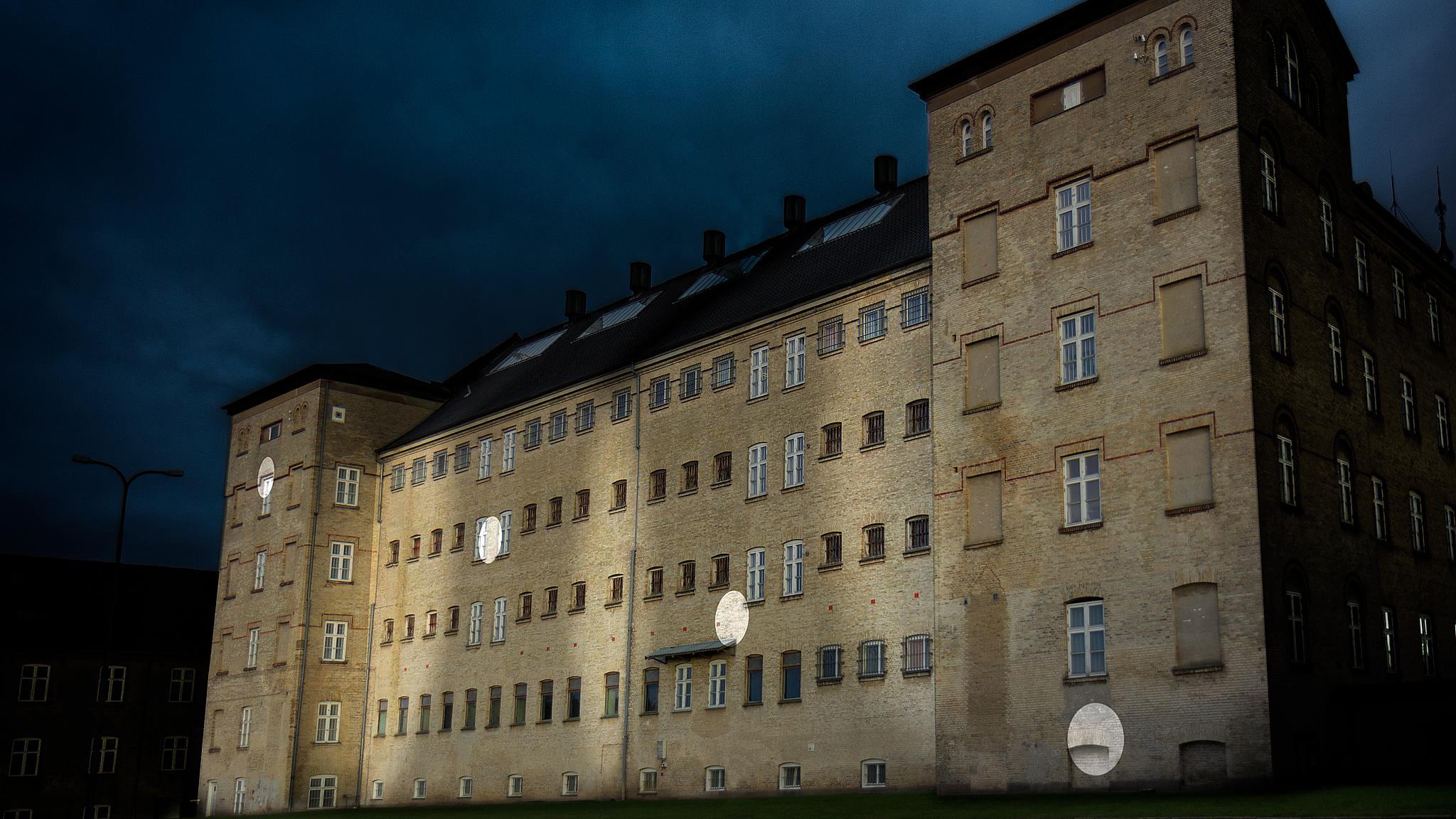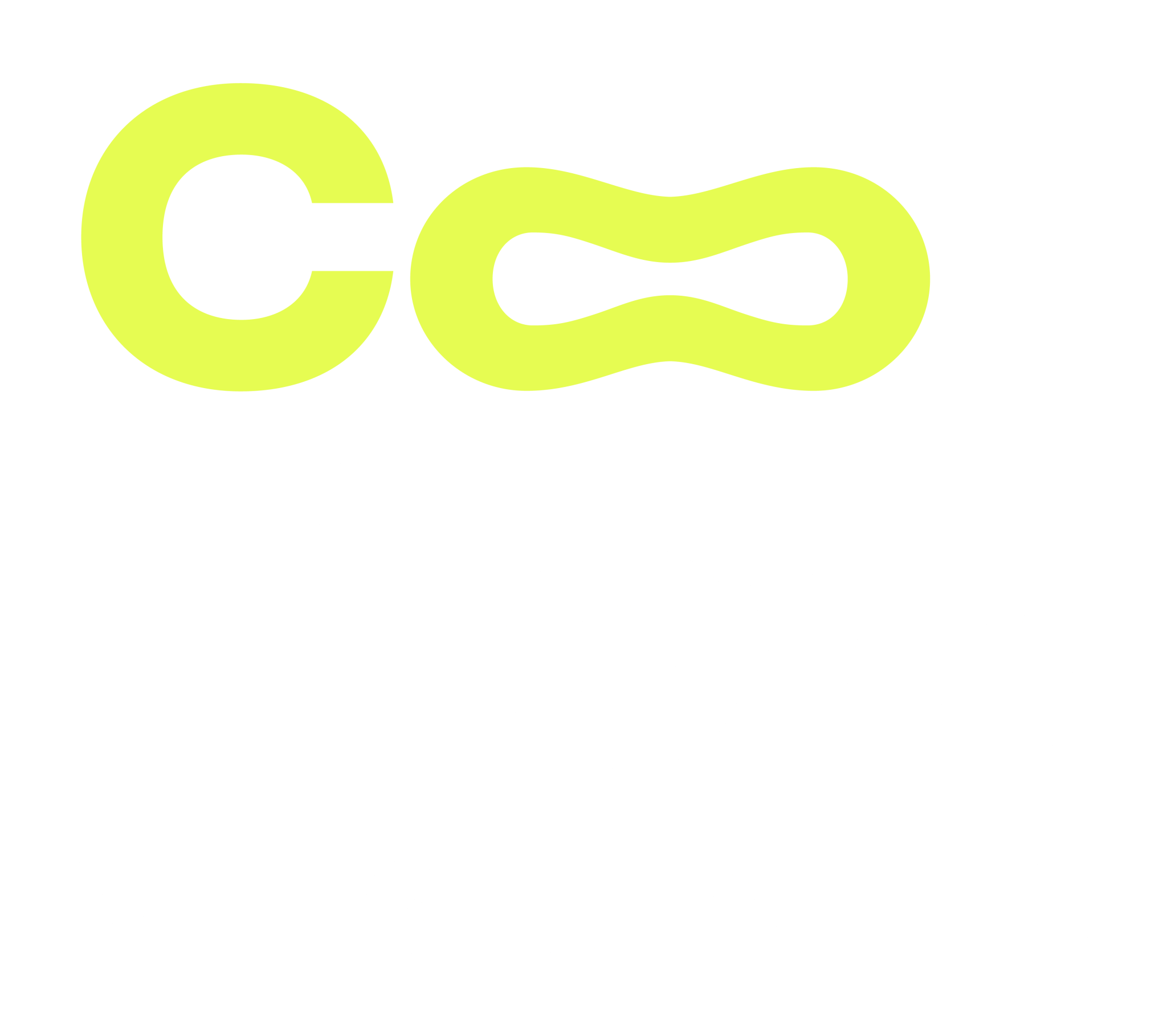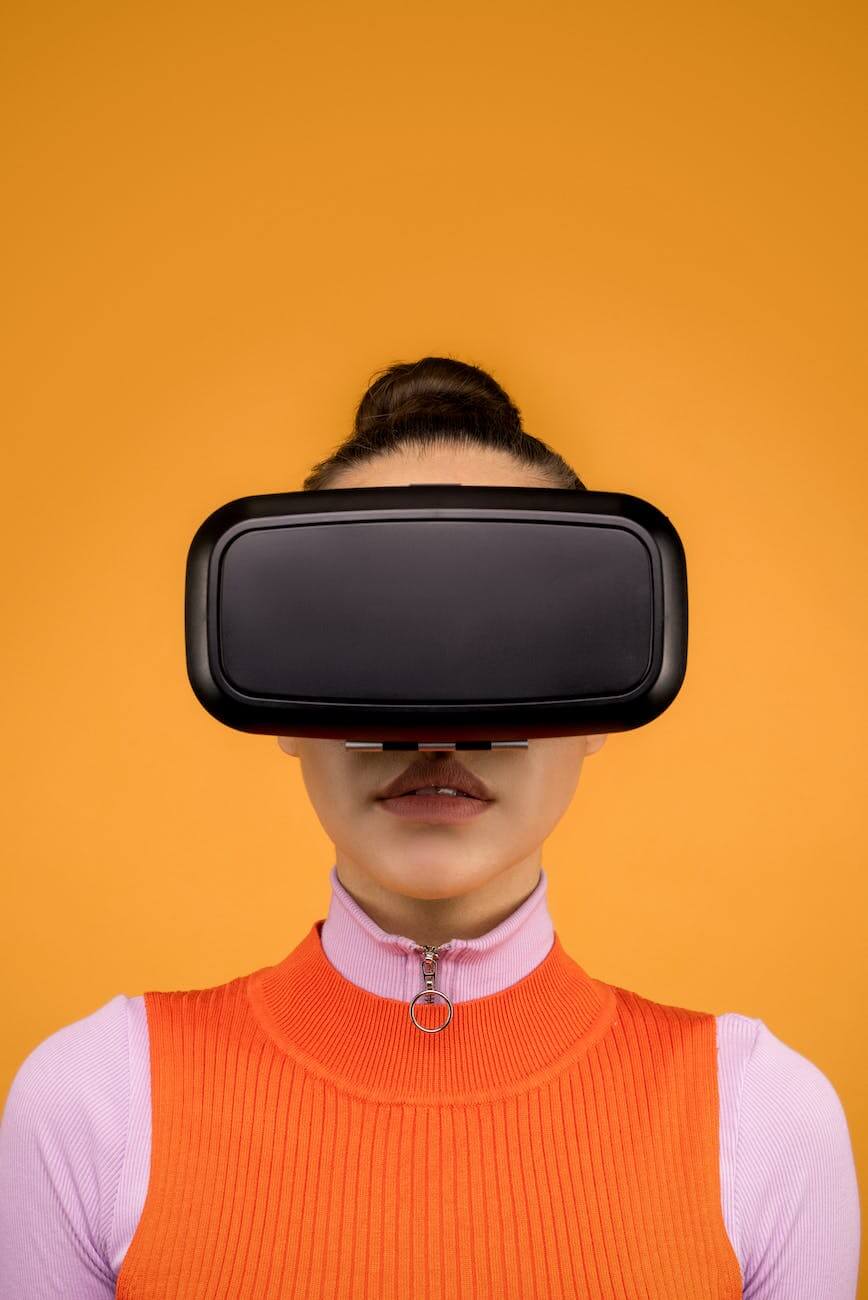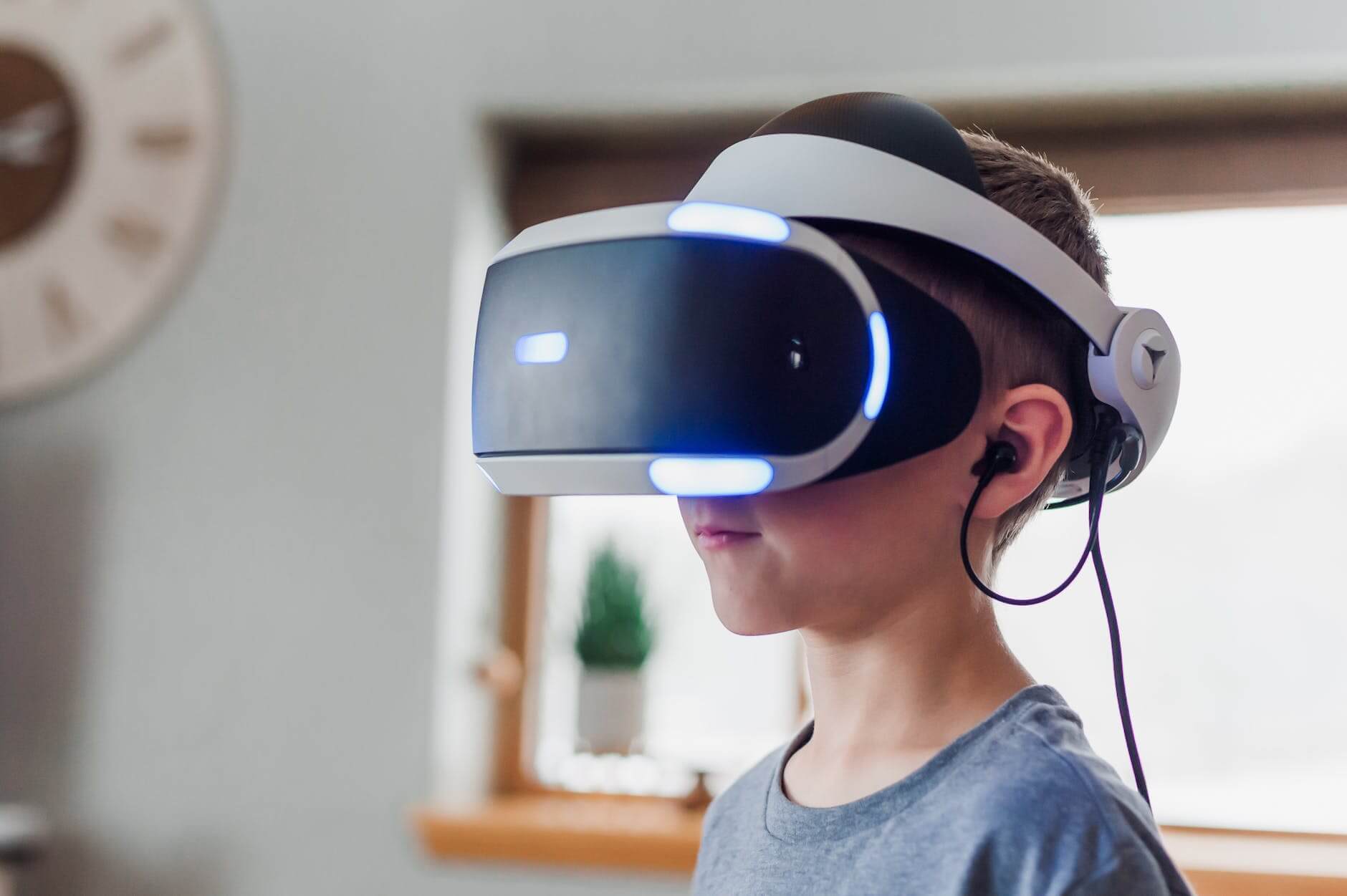
Prison Museum Horsens
Museum Horsens uses Virtual Reality as a new tool in their storytelling. CollectiveFlow has created an experience where the audience in the Prison Museum can dig their way through Lorentzen’s tunnel – and thereby experience the world’s craziest prison escape.
Dissemination is one of the great challenges for museums. How do you interest modern kids, teenagers and adults in the many important stories, that museums are holding?
At Museum Horsens, a new dissemination strategy focuses on communication at eye level – away from the elitist, and as part of the new strategy, Virtual Reality (VR) has been used to bring the story closer to the audience.
–VR is the closest you can get to a time machine, because VR can bring you so close to reality, and can jump in time and place. When we as a museum work with history and archaeology, we would like to give the audience a sense of flyover for the history, and for that, VR is a shortcut“, says Merete Bøge Pedersen, museum manager at Museum Horsens.
She gives the castle Versailles outside Paris as an example.
–VR holds unlimited possibilities for museums. Imagine being able to experience Marie-Antoinette walking through the Hall of Mirrors in Versailles through VR. VR allows you to do so“, says Merete Bøge Pedersen.
Livid storytelling
Museum Horsens can’t offer you the experience of French queens. But instead, the Prison Museum contains the story of the world’s craziest prison escape, when the jailbird Carl August Lorentzen fled the prison on December 23, 1949.
“It is one of the world’s most important prison escapees because Lorentzen spent 11 months digging an 18-meter tunnel from his cell to the prison inspector’s basement, through the ground below the prison yard, and we have now brought the story to life through VR“, says Merete Bøge Pedersen.
Through close collaboration with the museum and based on images, notes and a reconstructed film of the escape, CollectiveFlow has created two identical VR solutions, where the audience equipped with a flashlight and a bricklayer can try to escape from the prison through the 18-meter-long tunnel.
“As a museum, it is important that we always come up with new initiatives in relation to dissemination. That we challenge our limitations. If we just write on the website that we communicate in eye level, families with children will visit Legoland instead, but VR can attract those families“, says Merete Bøge Pedersen.
VR as an inclusive medium
The two VR tunnels were launched during the winter holidays, and although Merete Bøge Pedersen cannot prove that VR was the reason, there were long queues to try the VR experience and an increase in visitor numbers.
“It’s been a huge success and has been really well received by the audience, and to the angry opponents of VR in the world of museums I would say; VR has great potential. It’s certainly not just a gimmick or empty packaging. On the contrary, it is valuable storytelling“, she believes.
Merete Bøge Pedersen herself was sceptical about using VR for museum dissemination because she was afraid that VR was exclusive.
“We are actually experiencing the opposite: that VR is actually inclusive. When someone in the family or group crawls through our VR tunnel, the rest can follow the escape – like flies on the walls – via screens outside the tunnel, and it provides a unique experience“, says Merete Bøge Pedersen.
CollectiveFlow as proactive ideatiors
She commends CollectiveFlow for their dedication, technical skills and creativity.
“CollectiveFlow are extremely skilled. They are really up to beat on technical aspects, they have a big web that catches everything we throw at it, and they think of new ideas even before we do it ourselves. They can see where and how we can take the story even further, and that is exactly what VR should do for museums; provide the best possible experience of a real event.”
“At the same time, CollectiveFlow takes ownership of the product they are involved in, from idea to finished product. They are very conscientious, they help build lanes, install computers, and find solutions along the way. They follow the project all the way – even after delivery.”
“It has been an exemplary collaboration on something that we as a museum haven’t tried before. All agreements have been complied with, and the communication flow has been smooth”, says Merete Bøge Pedersen.
360-degree live transmission
The collaboration between Museum Horsens and CollectiveFlow continues. The museum’s archaeological department has just launched 360-degree live transmissions from their excavations – also provided by CollectiveFlow.
“Both in terms of VR and 360-degree live transmissions the technology is not the main driver. It is not about showing off technical skills or technology just for the sake of technology. It is about communicating, using new tools to create even more exciting experiences for our guests“, concludes Merete Bøge Pedersen.





